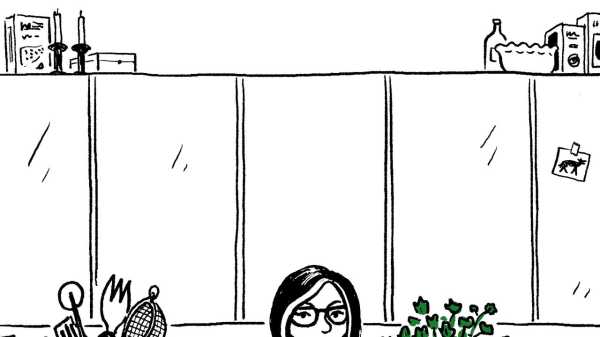
Save this storySave this storySave this storySave this storyYou’re reading the Food Scene newsletter, Helen Rosner’s guide to what, where, and how to eat. Sign up to receive it in your in-box.
I don’t always like going to restaurants when they’re new and buzzy (and impossible to get into), but it seems like the food and the experience can drop off once that initial phase wears off. What qualities set up a restaurant to be great in the long term, not just in the moment, when it’s hip? —Brian K., Manhattan
In a way, the answer to this question is very easy: a restaurant simply has to want to remain great. But, on a practical level, this is an awfully difficult thing to put into practice. There’s a real sweet spot in a restaurant’s early days, though not too early; you want to give them a couple of weeks to work out the kinks. The kitchen staff is energized, the servers are excited, the paint is fresh, the bathrooms are selfie-ready. Media is calling, influencers are posting and tagging, reviews are rolling in. The wait list (or the line out the door) seems to stretch into infinity.
It can be tough to hold on to this level of electricity once the initial surge tapers off. Maybe the cooks get bored of firing a hundred orders of that one dish that went mega-viral; maybe the wine director isn’t on the floor every night the way she used to be; maybe someone swapped out the seventy-dollar Byredo hand soap in the bathrooms for a less extravagant Mrs. Meyer’s. It’s also very much the case that newness and buzziness can apply a flattering filter to the actual matters of food and service, which maybe were never quite as great as everyone thought they were. Some of this is material: a full dining room just works better, in every way, than one that’s half empty. Some is more a matter of emotional priming: it’s awfully nice to feel like you’ve got the hot-ticket reservation that everyone else wants, to be (imagine this said in a haughty mid-Atlantic accent) part of the cultural conversation.
Some places have it-ness built into their operating model. They’re not really places you go because you want to eat their food specifically, or because they have something unique to offer; they’re places you go because it’s cool to go there. They’re glitzy, slick, and sceney: think Bad Roman (the ungettable table of 2023), or COQODAQ (the ungettable table of early 2024). Both were once pretty thrilling; both are still going strong. But I’m not really sure that they’re as good now as they used to be—not because their objective quality has diminished but because newness and it-ness were such a major part of the over-all appeal. Other restaurants manage to keep things interesting once the heat cools a little: Bonnie’s, in Williamsburg, where the chef Calvin Eng offers witty reimaginings of Cantonese cuisine; Semma, with its surprising, extraordinary Indian flavors, in the Village; Sailor, in Fort Greene, where April Bloomfield channels upscale, California-inflected neighborhoodiness; Bangkok Supper Club, a restaurant of precision and exuberance, in the West Village. I don’t think it’s a coincidence that these places tend to be on the smaller side, with something of a personal story to tell, and coherent, expressive culinary philosophies. They’re restaurants that are trying to do something, not just be something.
Helen, Help Me!
E-mail your questions about dining, eating, and anything food-related, and Helen may respond in a future newsletter.
As for spotting those restaurants ahead of time, I’m not sure if I can give you reliable, universal guidance. Things don’t always play out predictably: for every Lodi (low-key and exciting at first, but aged into sort of an expensive, touristy nothing) there’s a Gage & Tollner (gimmicky and super-popular in its first year, now settled into a comfortable excellence). Still, you can pay attention to how a restaurant presents itself, to what sort of place it announces itself to be in its design, its menu, its self-mythologizing, even which sort of media covers its opening, and (if it’s that sort of restaurant) what specific species of famous person is spotted eating there. Notice, as well, what diners seem to take away from their experiences there, via Google reviews and TikToks and, yes, professional restaurant reviews in major publications. Look for detailed descriptions of food that sound delicious. A lot of time spent on how cool the room is, how hard it was to get in, how baller the crowd seems to be? Superlative, near-hyperbolic descriptions of pretty normal-sounding food and service? That’s a likely case of vibe intoxication; you might wait the place out, or skip it entirely. There are plenty of other great places to eat.
What’s the smallest amount of food it’s not tacky to take home from a restaurant? —Kat K., Brooklyn
Four bites. This is also the official minimum size that qualifies as a snack. ♦
Sourse: newyorker.com